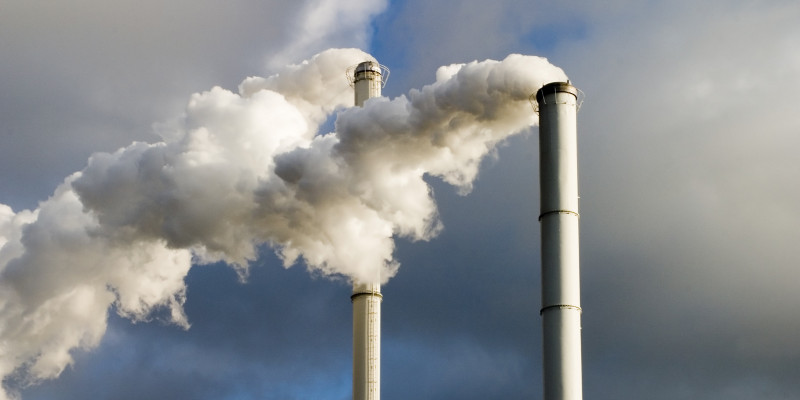

Immission control is one of the key areas of environmental protection law. Its aim is to reduce potentially harmful impacts on human beings and their environment (immissions) by means of risk prevention and precautionary measures.
03.12.2020 2270The main purpose of immission control law is air pollution control and noise abatement, but it also protects all other environmental media such as soil and water (integrative approach). It creates the legal basis upon which hazard control measures can be taken. It also reflects the precautionary principle of facing off the very occurrence of harmful environmental effects.
Industrialisation caused a sharp increase in pollutant load and noise as far back as the 19th century. Early on legislation pursuant to police law was put in place to protect against pollutant load and noise. The approval procedure for industrial installations governed by immission control law is thus the historical starting point for environmental protection based on an environmental media related case-by-case approach.
Immission control law nowadays adopts a significantly broader-based approach. It requires industrial installations which have the potential to harm man and the environment not only to adopt security measures but also to take precautionary measures in accordance with the “Stand der Technik” (is equivalent to best available techniques). These measures target the direct effects of industrial operations (emissions). In so doing, pollutant inputs to the environment are prevented at the source. Immission control law also pursues a planning strategy: it provides for the establishment of air quality plans to comply with air quality standards and for the establishment of noise action plans in areas that are particularly exposed to noise.
At the national level, the Act on the Prevention of Harmful Effects on the Environment Caused by Air Pollution, Noise, Vibration and Similar Phenomena (Federal Immission Control Act - BImSchG) is at the core of the body of statutory instruments that makes up immission control legislation. German immission control legislation has undergone a dynamic development since BImSchG entered into force in 1974. It has in the meantime received significant reinforcement in the form of numerous statutory instruments and two significant administrative provisions – Technical Instructions on Air Quality Control (TA Luft) and Technical Instructions on Noise Abatement (TA Lärm).
BImSchG also implements important legal developments from European law, such as the integrative, cross-media regulatory approach of the EC directive on Industrial Emissions (IED, (former IPPC directive), EU air quality legislation and EU directives for noise pollution control. In addition, there are various international conventions which have influenced the development of immission control law.
This study commissioned by the German Environment Agency (UBA) analyzes the operator obligations under the Federal Immission Control Act with regard to energy efficiency. Present legislation is scrutinised for its interpretation of these obligations to take precautions and to use energy efficiently (cf. Article 5 (1) Nos. 2, 4) BImSchG).
This 2018 study, designed by Prof. Dr. Anja Hentschel (sofia, Hochschule Darmstadt), is available here.
The Justice in Environmental Law study commissioned by the German Environment Agency (UBA) aims to opens up the discourse on environmental justice in Germany by providing jurisprudential analysis. It establishes links between the broad concepts of environmental justice in the philosophy of legal justice with current environmental law. It illustrates how these concepts are already laid down in national clean air legislation and presents how their implementation could be improved.
A summary report is available here. For the complete report, published in 2015 by Andreas Hermann and Silvia Schütte (Öko-Institut e.V., Darmstadt) and Prof. Dr. Martin Schulte and Kathleen Michalk (Technische Universität Dresden, Institut für Technik- und Umweltrecht), see here (English summary available).